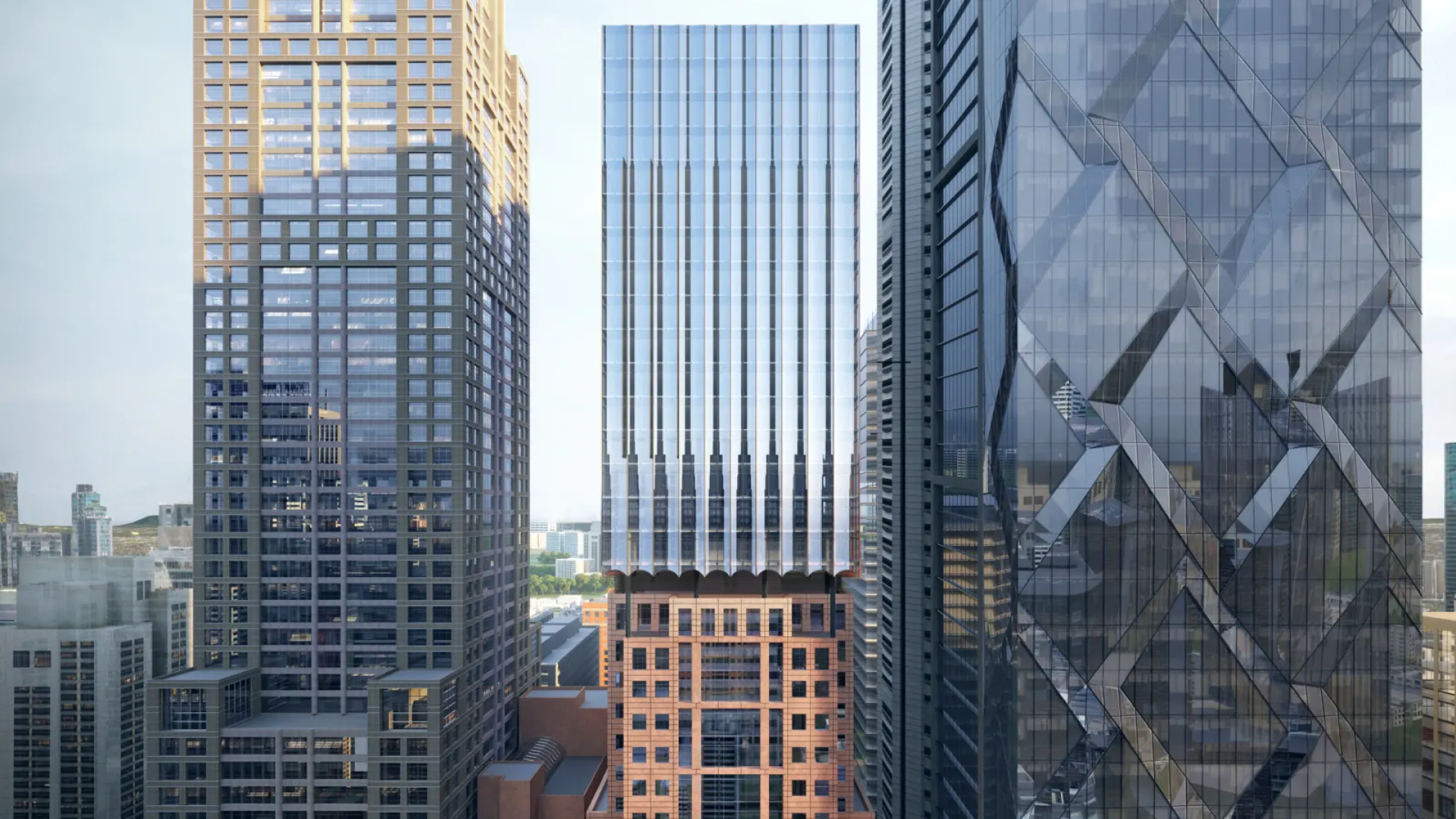The 2020 Global Status Report for Buildings and Construction found that buildings, in their construction and daily operation, are responsible for up to 38 percent of global carbon emissions. Addressing this challenge has been on the agenda for many in the AEC industries as they collectively seek to incorporate more sustainable and regenerative ways to build up and out within our cities.
By “re-lifing” Melbourne towers — rather than knocking them down and beginning again — there is an opportunity to deliver modern, comfortable, and environmentally-friendly homes and offices without the waste and carbon emissions associated with a new build.
In October, the City of Melbourne voted unanimously in support of a discussion paper that outlined ways the local government could incentivise re-life projects in the CBD. The paper, which will inform the Zero Carbon Building Plan, sets out various initiatives such as rates incentives and emissions caps with an ultimate objective to increase the number of adaptive reuse projects by more than ten times the current supply.
Moderated by Alice Blackwood, this event will bring together different stakeholders in the Melbourne built environment to discuss how to better enable the commercial viability of adaptive reuse, the best practice in sustainable design, and the role it will play in enhancing our community and securing its environmental future.
Nicky Drobis, Partner at Fender Katsalidis
Dr Dominique Hes, Zero Carbon Buildings Lead at City of Melbourne
Edwina Molony, Business Development Manager at Mirvac
Professor Brendon McNiven, Architectural Engineering at University of Melbourne




